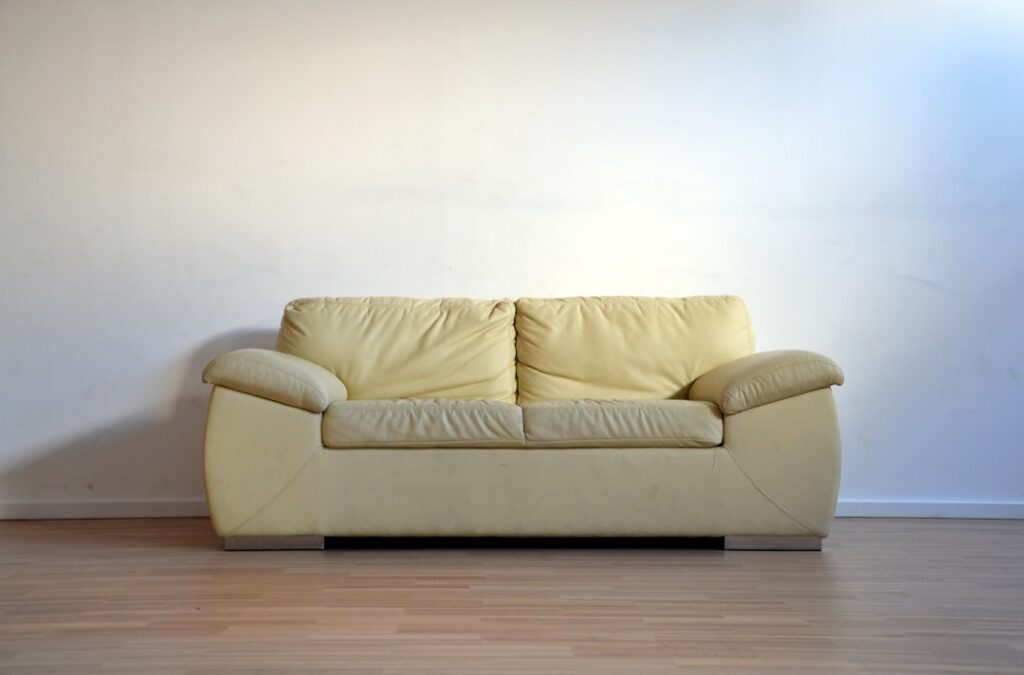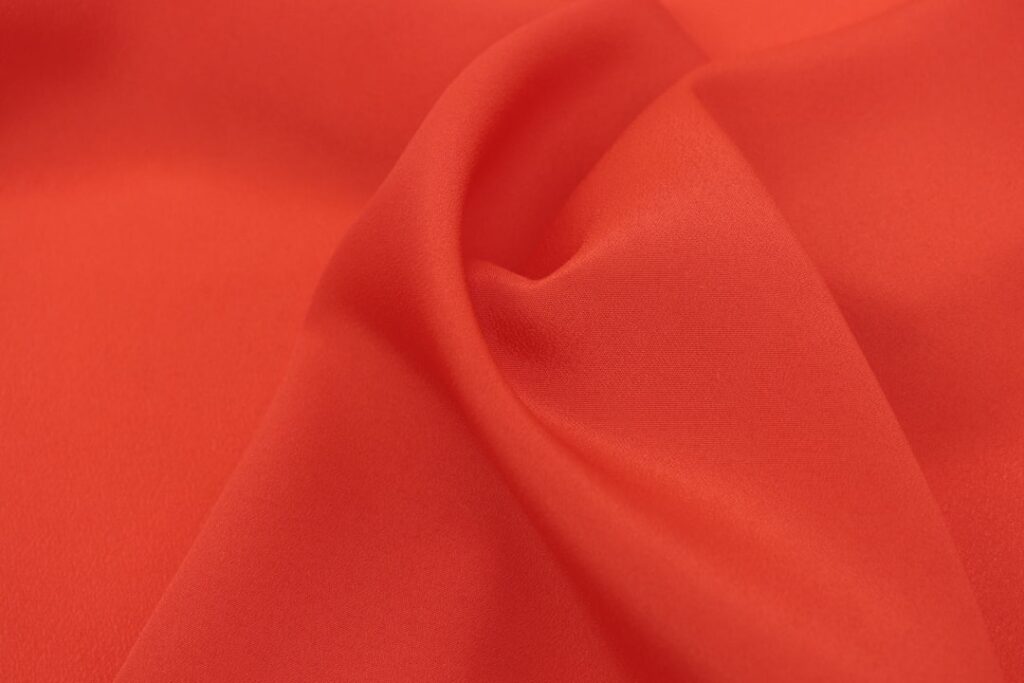
When it comes to futon frames, there are a variety of materials and styles to choose from. The most common materials for futon frames include wood, metal, and a combination of both. Wood futon frames are often made from hardwoods such as oak, maple, or cherry, and they offer a classic and timeless look. Metal futon frames, on the other hand, are typically made from steel or aluminum, providing a more modern and sleek appearance. Some futon frames also combine wood and metal, offering a unique and versatile design.
In terms of styles, futon frames come in a range of options to suit different preferences and needs. The most popular styles include bi-fold, tri-fold, and loveseat futon frames. Bi-fold futon frames are the most common and feature a simple folding mechanism that allows the futon mattress to be folded in half when not in use. Tri-fold futon frames, on the other hand, fold the mattress into thirds, providing a more compact and space-saving design. Loveseat futon frames are smaller in size and are ideal for smaller spaces or as an addition to a larger seating area. Understanding the materials and styles available will help you make an informed decision when choosing the right futon frame for your needs.
Key Takeaways
- Futon frames are available in a variety of materials and styles, including wood, metal, and combination frames, each offering different aesthetics and durability.
- When determining the right size for your space, consider the dimensions of the futon when both in sofa and bed positions, as well as the available space for easy conversion.
- Comfort and support considerations include the thickness and quality of the mattress, as well as the frame’s ability to withstand weight and provide proper support.
- Assess the durability and longevity of the futon frame by examining the construction, materials, and weight capacity to ensure it meets your long-term needs.
- Match the futon frame to your decor by considering the style, color, and design elements that will complement your existing furniture and room aesthetic.
- Budget for your futon frame purchase by researching different price points and considering the long-term investment in terms of quality and durability.
- Maintain and care for your futon frame by regularly cleaning and inspecting for any signs of wear or damage, and following manufacturer’s guidelines for maintenance.
Determining the Right Size for Your Space
When selecting a futon frame, it’s essential to consider the size of your space to ensure that the frame fits comfortably and doesn’t overwhelm the room. The size of the futon frame will depend on the available space in your home, as well as how you plan to use the futon. If you have a small living room or studio apartment, a loveseat futon frame may be the best option to maximize space without sacrificing comfort. For larger living areas or guest rooms, a full or queen-size futon frame may be more suitable to accommodate overnight guests.
It’s also important to consider the dimensions of the futon mattress when choosing the right size futon frame. Standard futon mattress sizes include twin, full, queen, and king, so be sure to select a frame that can accommodate the size of your mattress. Additionally, consider the dimensions of the futon when it’s in both sofa and bed positions to ensure that it fits comfortably in your space. By determining the right size for your space, you can ensure that your futon frame not only fits well but also complements the overall layout and design of your room.
Considerations for Comfort and Support
Comfort and support are crucial factors to consider when choosing a futon frame, as they directly impact the quality of sleep and relaxation it provides. The design of the frame, as well as the materials used, can greatly influence the level of comfort and support offered by the futon. Wood futon frames are known for their sturdy construction and reliable support, making them an excellent choice for those seeking a firm sleeping surface. Metal futon frames, on the other hand, often feature slat or mesh bases that provide flexibility and ventilation for added comfort.
In addition to the frame design, the type of mattress used with the futon frame also plays a significant role in comfort and support. Futon mattresses come in various materials such as cotton, foam, innerspring, and memory foam, each offering different levels of support and comfort. When selecting a futon frame, consider the type of mattress you plan to use and ensure that it complements the frame for optimal comfort. By carefully considering comfort and support, you can create a relaxing and restful space for both sitting and sleeping.
Assessing Durability and Longevity
| Material | Durability (years) | Longevity (years) |
|---|---|---|
| Steel | 50 | 50 |
| Concrete | 100 | 100 |
| Wood | 20 | 30 |
Durability and longevity are essential considerations when choosing a futon frame, as it directly impacts the lifespan and performance of the furniture piece. The materials used in the construction of the frame play a significant role in its durability, with hardwoods such as oak and maple offering exceptional strength and longevity. Metal futon frames are also known for their durability, as they are resistant to warping, cracking, and bending over time. Additionally, consider the construction of the frame, including the joints and hardware used, to ensure that it can withstand regular use without compromising its integrity.
It’s also important to assess the warranty and quality of the futon frame before making a purchase. Look for frames that come with a warranty to protect against manufacturing defects and premature wear. Reading customer reviews and seeking recommendations can also provide valuable insight into the durability and longevity of different futon frames. By assessing durability and longevity, you can invest in a high-quality futon frame that will stand the test of time and provide reliable performance for years to come.
Matching the Frame to Your Decor
When selecting a futon frame, it’s essential to consider how it will complement your existing decor and style preferences. Futon frames come in a variety of finishes and designs, allowing you to choose one that seamlessly integrates with your interior design scheme. Wood futon frames offer a warm and natural aesthetic that pairs well with traditional or rustic decor styles. On the other hand, metal futon frames provide a sleek and contemporary look that suits modern or industrial-inspired interiors.
In addition to finishes, consider the overall design of the futon frame and how it aligns with your decor preferences. Whether you prefer clean lines and minimalistic designs or ornate details and decorative accents, there are futon frames available to suit various tastes. It’s also important to consider how the futon frame will coordinate with other furniture pieces in the room, such as coffee tables, side tables, and accent chairs. By matching the frame to your decor, you can create a cohesive and harmonious living space that reflects your personal style.
Budgeting for Your Futon Frame Purchase

Setting a budget is an important step when purchasing a futon frame, as it helps you narrow down options and make an informed decision based on your financial constraints. The cost of futon frames can vary significantly depending on factors such as materials, size, design, and brand. Wood futon frames tend to be more expensive due to their high-quality construction and timeless appeal, while metal frames are often more budget-friendly without compromising on durability or style.
When budgeting for your futon frame purchase, consider not only the initial cost of the frame but also any additional expenses such as delivery fees or assembly costs. It’s also important to factor in the cost of a compatible mattress if one is not included with the frame. To make the most of your budget, compare prices from different retailers and look for sales or promotions that can help you save money on your purchase. By establishing a budget for your futon frame, you can make a well-informed decision that aligns with your financial goals while still meeting your needs for quality and style.
Maintenance and Care for Your Futon Frame
Proper maintenance and care are essential for preserving the appearance and functionality of your futon frame over time. Depending on the material of your frame, there are specific maintenance tasks that can help prolong its lifespan and keep it looking its best. Wood futon frames should be regularly dusted and polished to maintain their natural luster and prevent scratches or water damage. Metal frames can be wiped down with a damp cloth to remove dust and debris, while also checking for any signs of rust or corrosion.
In addition to regular cleaning, it’s important to follow any manufacturer guidelines for care and maintenance specific to your futon frame. This may include avoiding excessive weight on the frame, using coasters or protective pads for drinks or hot items, and periodically tightening screws or bolts to ensure stability. If your futon frame includes moving parts such as hinges or folding mechanisms, lubricating these components can help maintain smooth operation over time. By implementing proper maintenance and care practices, you can extend the life of your futon frame and continue to enjoy its functionality and aesthetic appeal for years to come.
In conclusion, selecting a futon frame involves careful consideration of materials, styles, size, comfort, durability, decor matching, budgeting, maintenance, care practices among others. By understanding these factors and making informed decisions based on your specific needs and preferences, you can invest in a high-quality futon frame that enhances your living space while providing versatile seating and sleeping options for you and your guests.
Sure, here’s a paragraph with a mention of a related article to futon frames:
“If you’re in the market for a new futon frame, you’ll want to check out the latest article on futon frame designs and styles on Project Bink. This insightful piece delves into the various options available for futon frames, from sleek modern designs to classic wooden frames. Whether you’re looking for a space-saving solution or a stylish addition to your home, this article has all the information you need to make an informed decision. Head over to Project Bink to read the full article and discover the perfect futon frame for your space.”
FAQs
What is a futon frame?
A futon frame is a piece of furniture that serves as the base for a futon mattress. It typically allows the mattress to be converted from a sofa to a bed and vice versa.
What are the different types of futon frames?
There are several types of futon frames, including bi-fold, tri-fold, and platform frames. Bi-fold frames fold once in the middle, while tri-fold frames fold twice, creating a three-panel design. Platform frames do not fold and are designed to be used as a sofa or a bed.
What materials are futon frames made of?
Futon frames are commonly made of wood, metal, or a combination of both. Wood frames are often made from hardwoods such as oak, maple, or cherry, while metal frames are typically made from steel.
What are the benefits of a futon frame?
Futon frames are versatile and can be used as a sofa during the day and a bed at night, making them ideal for small living spaces. They also come in a variety of styles and finishes to complement different decor preferences.
How do I choose the right futon frame?
When choosing a futon frame, consider the size of the space where it will be used, the desired style, and the intended use (e.g., as a primary bed or occasional guest bed). It’s also important to consider the quality of the frame and its weight capacity.


